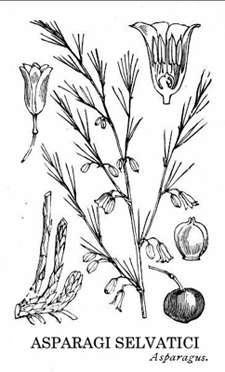 We bought our house in Umbria ten years ago this past summer.
We bought our house in Umbria ten years ago this past summer.
A couple of months after the sale was completed the former owners, Bruno and Mayes, came over for lunch. And as the lunch lingered, as lunches in Umbria do, Bruno interrupted himself in mid-lecture on the glories of Roman pasta.
“Asparagi,” he said calmly. He got up from his chair, crossed over to the wall of our ancient wood-burning oven and snapped off a pencil-thin spear of wild asparagus that was hiding in and among the other grasses.
“It’s all over the place,” he said. “April is the time. You’ll see hundreds of contadini in the fields and by the side of the road, harvesting them. Here, taste.”
I bit off the end of the slender stalk and chewed on it a bit. It was raw, of course, and a little stringy but the taste fairly attacked me with its vibrancy. Wild asparagus is way wilder than tame asparagus.
“Just imagine,” I thought, “how it’ll make my pee smell.”
With that noble scientific quest in mind, I immediately began to search for more. I looked all around the forno, where Bruno found his and then up the hill toward the olive trees, but there were no more spears to be found.

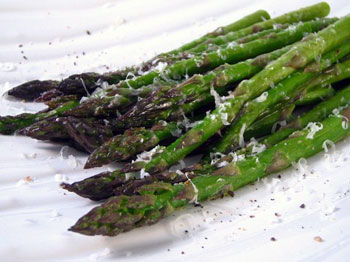 "I never thought I'd be eating asparagus, much less for breakfast."
"I never thought I'd be eating asparagus, much less for breakfast."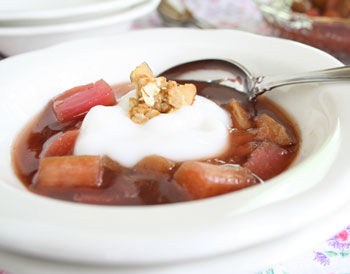 Bemidji’s Natural Choice Farmers Market opened for the season yesterday. I was there with my market bag, filling it with fresh butter lettuce, baby turnips, green onions and beautiful rosy red radishes. Oh, and I can’t forget the homemade bread.
Bemidji’s Natural Choice Farmers Market opened for the season yesterday. I was there with my market bag, filling it with fresh butter lettuce, baby turnips, green onions and beautiful rosy red radishes. Oh, and I can’t forget the homemade bread.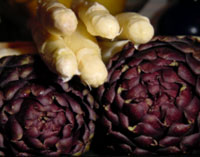 Typically the arrival of thistle shaped green vegetables such as asparagus and artichokes signal that Spring has sprung. But last week I was seduced into buying some exotic looking white asparagus and violet artichokes, each of which are much more common in Europe than they are here in the states. Fortunately interest in a greater variety of vegetables is growing and so they are getting easier and easier to find. My two sources? Berkley Bowl and Trader Joe's.
Typically the arrival of thistle shaped green vegetables such as asparagus and artichokes signal that Spring has sprung. But last week I was seduced into buying some exotic looking white asparagus and violet artichokes, each of which are much more common in Europe than they are here in the states. Fortunately interest in a greater variety of vegetables is growing and so they are getting easier and easier to find. My two sources? Berkley Bowl and Trader Joe's.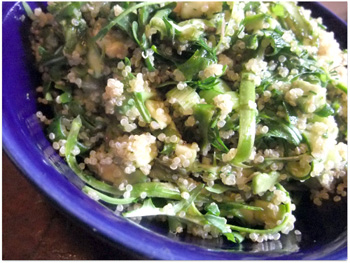 Ah, Spring! We are enjoying a warm spell right now and the fresh produce reflects the change of seasons with earthy root vegetables giving way to tender bright greens. I am so happy to have sunshine and bright green asparagus to eat!
Ah, Spring! We are enjoying a warm spell right now and the fresh produce reflects the change of seasons with earthy root vegetables giving way to tender bright greens. I am so happy to have sunshine and bright green asparagus to eat!
